When you view an internal combustion engine as essentially a fancy air pump, a cold air intake kit makes a lot of sense.
After all, if more air—specifically oxygen—enters the combustion chamber, then you’ll get better ignition, right? And that’s doubly true when you’re using cooler, more oxygen-dense air.
So on paper, it’s logical that a more freely flowing cold air intake kit will help your engine perform better when compared to the restrictive factory airbox.
But how much better? To answer that question we’ll pore over some data provided by some of the most prominent names in the aftermarket performance industry—like K&N, aFe Power, Steeda, and Injen.
How Much HP Does a Cold Air Intake Kit Add?
For starters, understand that there’s no single, definitive answer here—with they myriad of engine and vehicle applications, it’d be tough for even a single manufacturer to do repeatable, controlled comparison test for every intake application in its lineup.
And those waters get even murkier when it comes to an independent builder who’s testing an engine with other upgrades, like cylinder heads, headers, and a tune.
That’s because when it comes to air delivery and engine performance, there are dozens of other variables. Everything from ambient air temperature and elevation to valve geometry and exhaust flow plays a role in power output.
That said, it is possible to use some common vehicle models and create benchmarks. And for that, we turn to a few reputable intake manufacturers.
Manufacturer Intake Kit Dyno Tests
As an example, the folks at K&N tested one of its 63 Series Aircharger High Performance Cold Air Intake Kits on a late model Ford Bronco with the 2.7L EcoBoost V6—a very common engine in the Blue Oval lineup that you’ll also find in the F-150 and Ranger. Compared against the stock intake, the K&N intake picked up close to 17 horsepower and 26 lb.-ft. of torque.
That’s about an eight percent increase. And K&N brought the receipts:
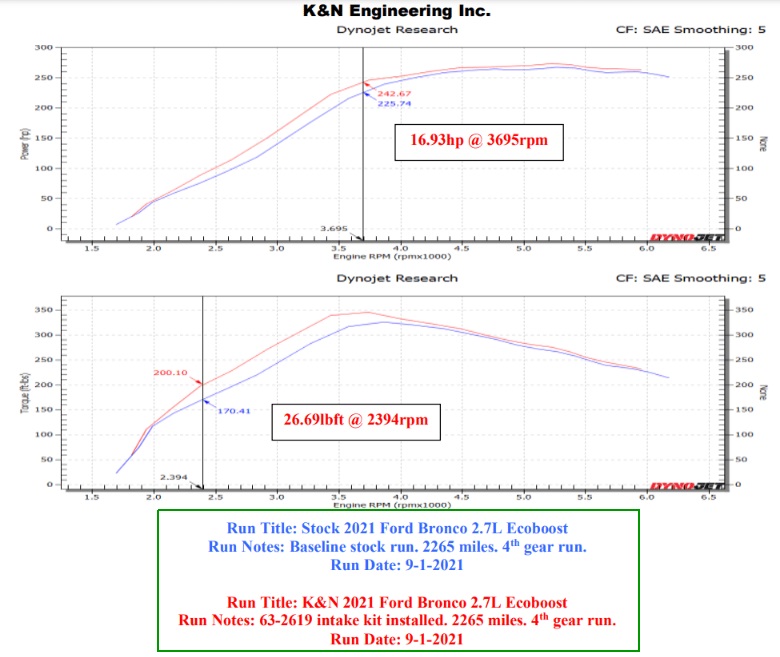
Speaking of the EcoBoost, Steeda tested one of its Ford Mustang ProFlow Cold Air Intake Kits on a 2.3L four cylinder EcoBoost engine with even more impressive results, picking up around 27 horsepower and 10 lb.-ft. of torque with the factory tune—that’s a gain of around 10 percent.
Those numbers get even better with a Steeda tune, with max output peaking at over 304 hp. You can check out the dyno chart below for more details.
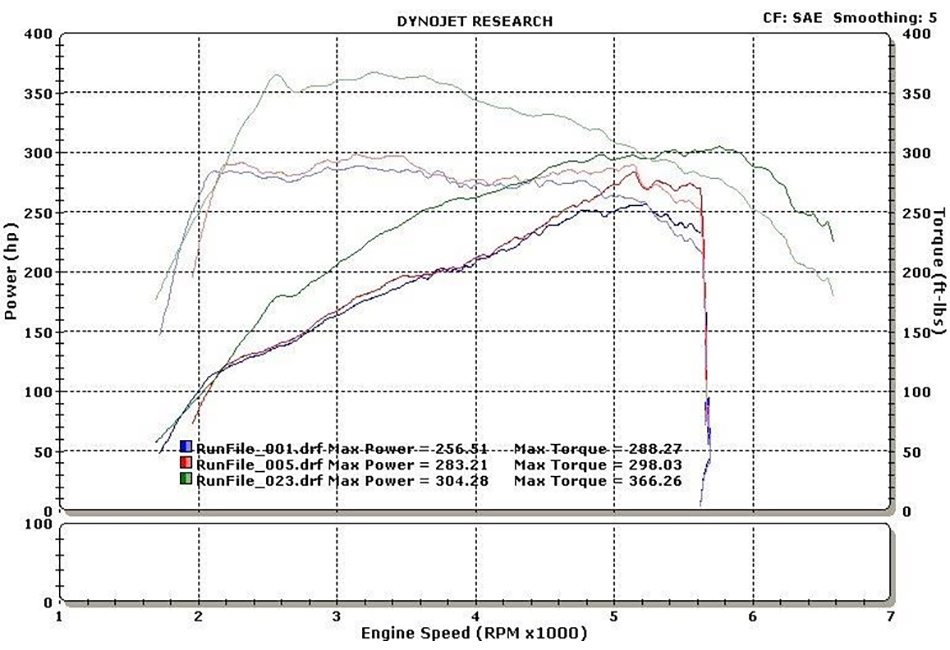
aFe Power did similar dyno testing with its Magnum Force Stage 2 Pro 5R Air Intake Systems
When fitted to a 2015 Chevy Silverado with an oh-so-common 5.3L L83 LT-Series V8, the aFe folks saw an increase of over 18 horsepower and 23 lb.-ft. of torque as well.
Those gains also ring close to eight percent—and yeah, aFe has the dyno chart too.
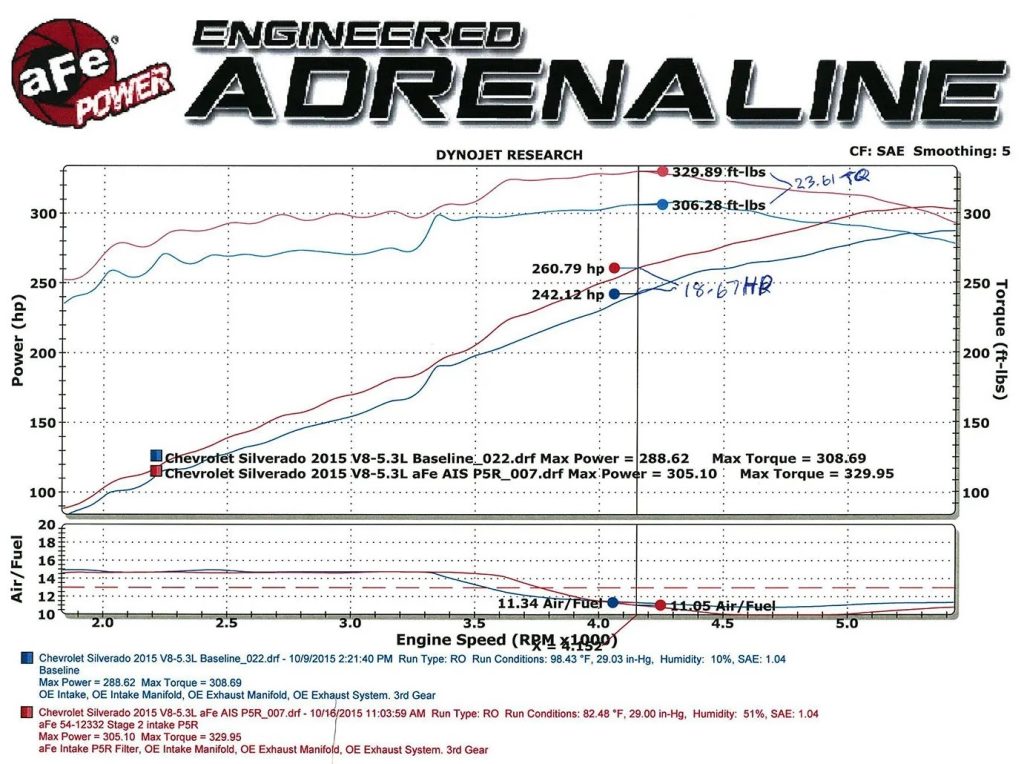
Aside from the domestic crowd, the intake specialists over at Injen tested one of their Evolution Series Cold Air Intake Kits on the rev-happy Boxer four found in the BRZ/GR86 Toyobaru twins.
The tests revealed that the cold air intake kit picked up about 15 horsepower and 11 lb.-ft. from stock.
Doing simple math tells us that’s about a nine percent increase over the stock airbox.
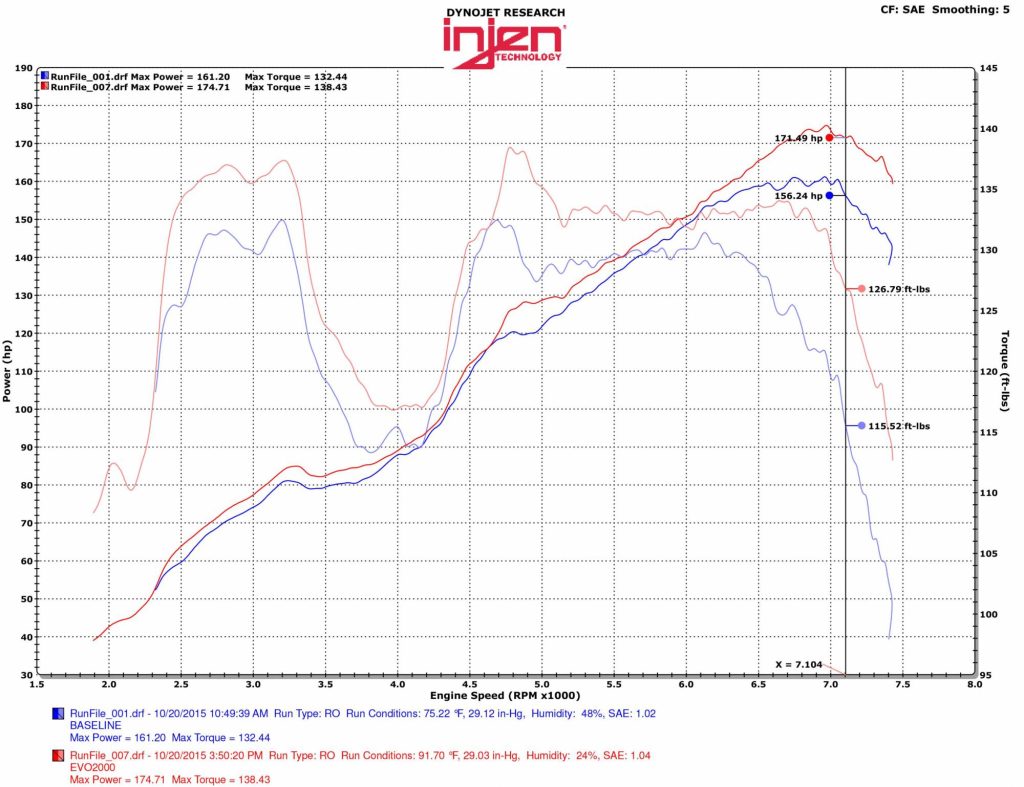
So all told, these dyno charts are showing an increase in the high single digits.
Though as noted above it’s difficult to say whether you’ll experience the same gains given all the dependent variables in the testing, but this should serve as some verification as to the overall effectiveness of an air intake system.
The better news is, thanks to the abundance of reviews and forums, there’s a good chance you’ll be able to glean some more data from like-minded gearheads on your specific vehicle application. Start by just typing your vehicle year/make/model into a search engine, add a phrase like “intake kit dyno chart,” and you’ll more than likely find a forum thread and/or manufacturer website with dyno results relevant to your setup.
Getting the Best Performance from Your Cold Air Intake System
Granted, single-digit percentages don’t sound that impressive—until you realize that those numbers are compounding.
In other words, consider an air intake kit the “Gateway Mod” for more performance.
Remember, an air intake kit is often just the initial step in a horsepower-building recipe, and the benefits of an air intake kit will be increasingly noticeable with the addition of other upgrades like cylinder heads and a performance exhaust system.
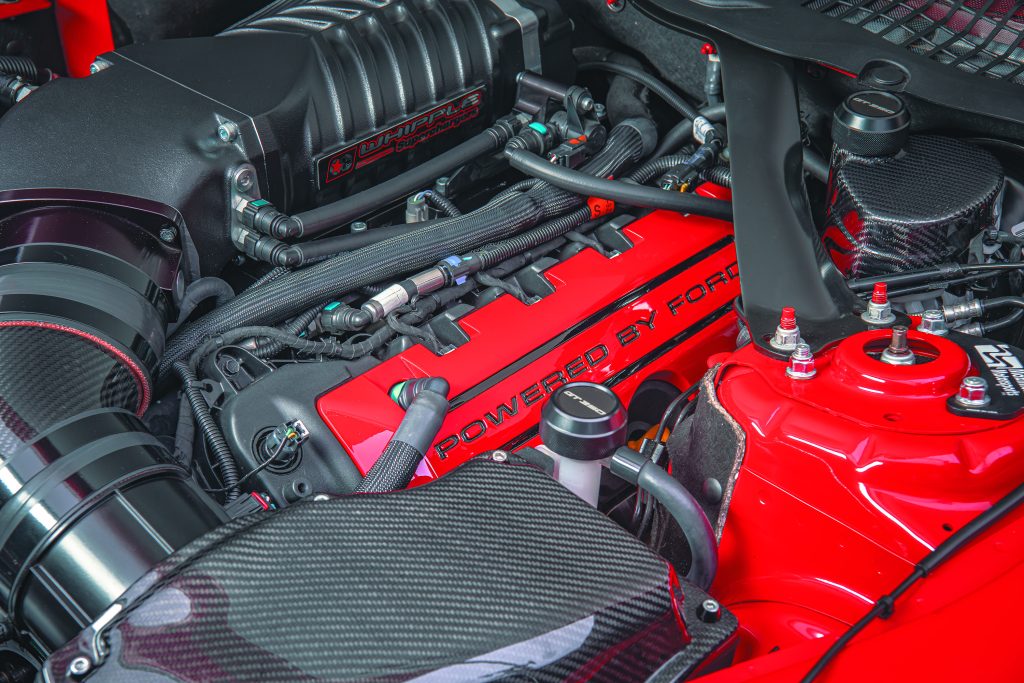
Going back to the air pump analogy at the beginning of the story, if you’re helping the engine flow better everywhere else, then the stock airbox suddenly becomes a critical choke point for the engine.
That’s why many—if not all—performance engine builds begin at the intake and upgrade from there.
Cold Air vs. Short Ram Air Intakes
There’s another important distinction to understand—not all performance air intakes are true “cold air” intake systems.
Getting the coldest, most dense air possible is vital for optimal combustion.
That’s why many cold air intake designs route the intake tubing down through a fender, for example, to reach a high-flow air filter element placed outside the engine bay.
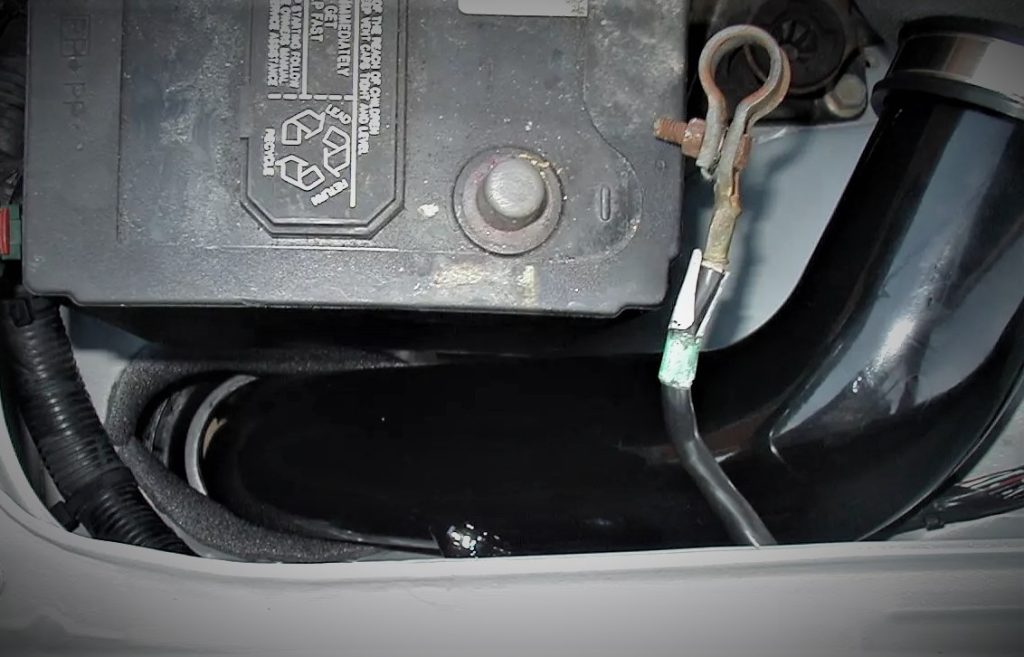
When space around the front of the vehicle won’t allow the filter to be relocated outside of the engine bay, many intake manufacturers do the next best thing by enclosing the filter element into a box or compartment that’s fed by air ducts routed outside the engine bay.
These designs, also sometimes called “Short Ram” intakes take advantage of larger intake tubing with smoother bends, while still getting some cooler air benefits from a compartmentalized air filter element.
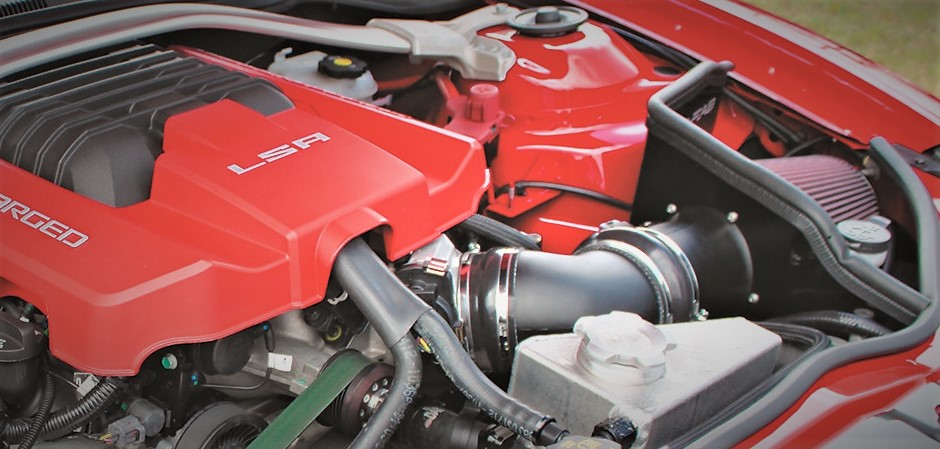
More Air Intake Kit Technical Resources
As we said at the beginning, an air intake kit is very often the first serious upgrade many enthusiasts make to their vehicles. That means we have oodles (yes, oodles) of tech information, buyers guides, and FAQs on them. Click the links below to learn more.
- Air Intakes 101: One of the Most Popular Power-Builders
- Air Intakes 201: How to Choose an Air Intake
- How to Choose an Air Intake Kit for Trucks
- Prevent Hydrolock with a Cold Air Intake Bypass Valve
- Which Air Intake Tube Material is Better, Metal or Plastic?
- How to Find the Best Replacement Air Filter
- Are Cold Air Intake Kits Illegal?

I purchased a k&n air filter set up for my 93 Tahoe, how it was designed to hook to the motor and to hook to the Fender. Well, we’re junk. I had to take it off because it was insufficiently air intake set up from K&n give me my money back. The rubber boots were junk. They need to be at least twice as long as they were already paid a shit ton of money for it. I didn’t wanna invest any more time or money into it as far as trying to correct the rubber boots junk
Going beyond the cold air intake, an exhaust system that’s typically cat back (headers as well depending on the vehicle for bolt ons and a tune, a camshaft is usually the next upgrade, not cylinder heads and for logical reasons.